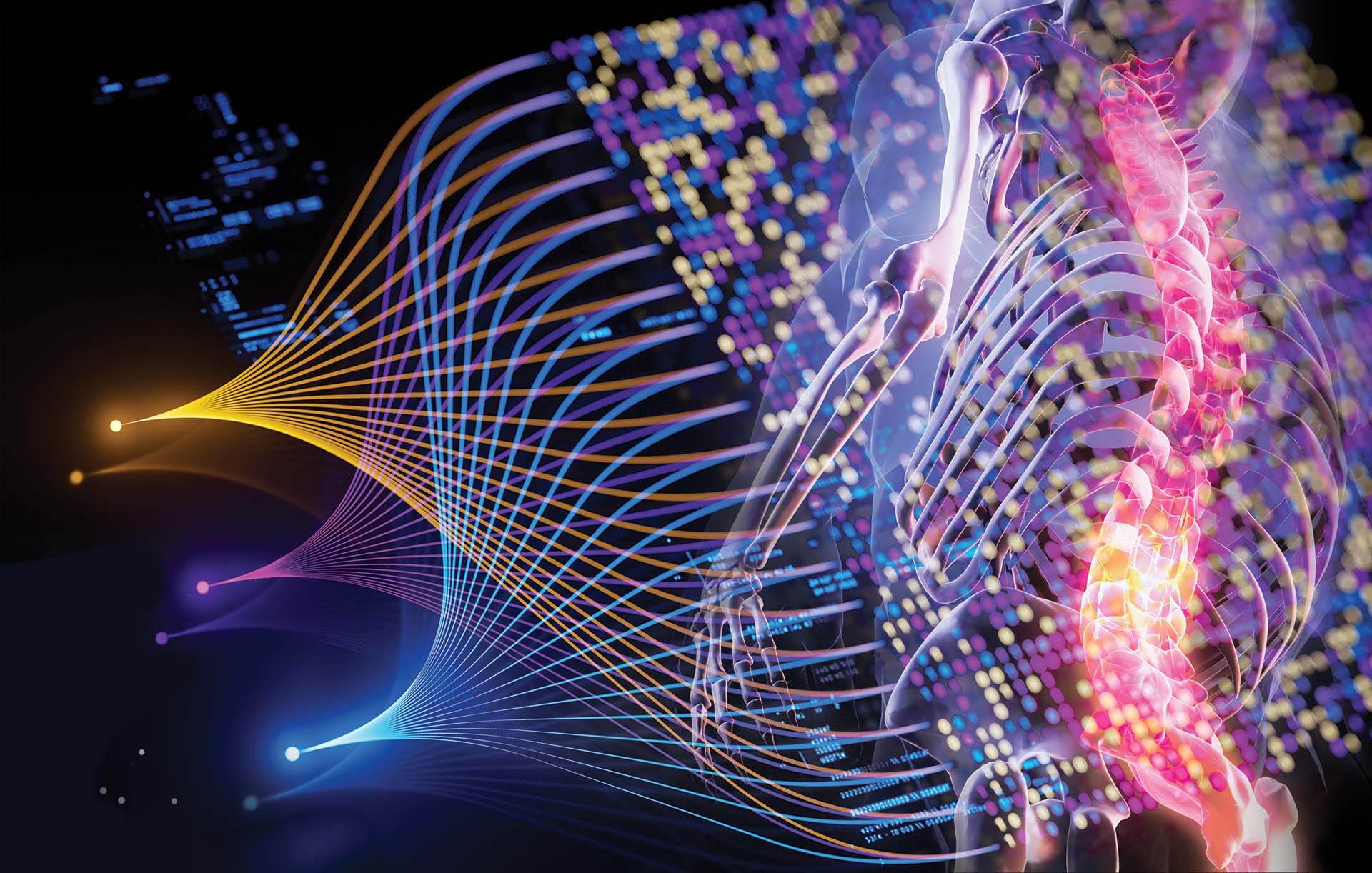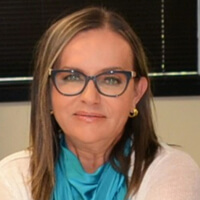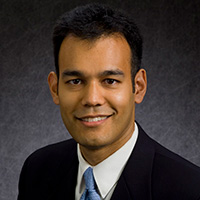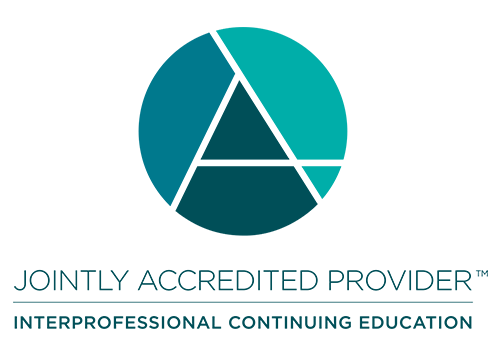Gaucher Disease
Challenges in Assessment and Management of Bone Disease
CE Satellite Symposium
Program OverviewProgram Overview:
Although Gaucher disease (GD) is one of the most widely known of the lysosomal diseases, and treatments are available, there is still so much that needs to be addressed. This satellite session will aim to address the critical gap in diagnosing and managing bone disease in individuals with Gaucher disease, focusing on the challenges and current treatment protocols. Bone disease, though a common and debilitating aspect of GD, often remains underdiagnosed and undertreated, even during enzyme replacement therapy (ERT), due to the focus on other clinical manifestations. The session will raise awareness and promote the need for standardized protocols for monitoring bone involvement, ultimately shifting from a treatment-based approach to a personalized, patient-centered model of care for bone disease in GD.

Gaucher Disease
Challenges in Assessment and Management of Bone Disease
Wednesday, February 5, 2025
12:15- 13:15 PST
Grand Hall AB
Agenda
| 12:15 | Welcome and Introduction | Ozlem Goker-Alpan |
| 12:20 | Molecular and Cellular Mechanisms of Bone Involvement in Gaucher Disease | Greg Grabowski |
| 12:33 | Advanced Methods for Quantifying Bone Involvement in GD: From Traditional Imaging to AI Innovations | Ravi Kamath |
| 12:46 | Comprehensive, Patient-Centered Strategies for Managing Gaucher Disease-Related Bone Disease | Patrick Deegan |
| 12:59 | Q&A and Discussion | Faculty – Moderated by Chair |
| 13:15 | Adjourn |
Target Audience:
This activity is intended for healthcare professionals involved in the screening, diagnosis, management, and treatment of lysosomal diseases affecting both children and adults, with research and clinically relevant information geared specifically to the following professionals: medical and clinical geneticists; genetic counselors; pediatricians; neurologists; psychologists; nurse practitioners; physician assistants; and patient advocates.

Learning Objectives:
- Recognize the significance of bone manifestations as early clinical signs of Gaucher disease during diagnostic evaluation and patient management.
- Discuss the impact of treatments on bone disease in GD and the need for ongoing skeletal monitoring.
- Integrate recommendations for regular evaluation of bone disease into care of patients with GD, including appropriate diagnostic tests and more uniform interpretation.
- Develop shared criteria to request or perform imaging studies for assessment of bone disease in patients with GD to better understand the response to therapies, and the need for review of treatment plans based on more consistent interpretation of results.
Faculty

Ozlem Goker-Alpan, MD (Chair)
Lysosomal and Rare Disorders
Research & Treatment Center, Inc.
Fairfax, VA, United States

Patrick Deegan, MD
Cambridge University Hospitals
NHS Foundation Trust
Cambridge, United Kingdom

Gregory A. Grabowski, MD
Cincinnati Children’s Hospital
Research Foundation
Cincinnati, OH, United States

Ravi Kamath, MD, PhD
Fairfax Radiological Consultants
Inova Health System
Fairfax, VA, United States
CE Accreditation:
This activity is jointly provided by Postgraduate Institute for Medicine and Saterdalen & Associates, LLC.


Joint Accreditation Statement
 In support of improving patient care, this activity has been planned and implemented by the Postgraduate Institute for Medicine and Saterdalen & Associates, LLC. Postgraduate Institute for Medicine is jointly accredited by the Accreditation Council for Continuing Medical Education (ACCME), the Accreditation Council for Pharmacy Education (ACPE), and the American Nurses Credentialing Center (ANCC), to provide continuing education for the healthcare team.
In support of improving patient care, this activity has been planned and implemented by the Postgraduate Institute for Medicine and Saterdalen & Associates, LLC. Postgraduate Institute for Medicine is jointly accredited by the Accreditation Council for Continuing Medical Education (ACCME), the Accreditation Council for Pharmacy Education (ACPE), and the American Nurses Credentialing Center (ANCC), to provide continuing education for the healthcare team.
Physician Continuing Medical Education
The Postgraduate Institute for Medicine designates this live activity for a maximum of 1.0 AMA PRA Category 1 Credit™. Physicians should claim only the credit commensurate with the extent of their participation in the activity.
Continuing Nursing Education
The maximum number of hours awarded for this Continuing Nursing Education activity is 1.0 contact hour.
Provider approved by the California Board of Registered Nursing, Provider Number 13485, for 1.0 contact hour.
Faculty Disclosure & Information:
- This activity is not available for CEU credits for Genetic Counselors.
- There is no additional fee to attend this satellite symposium.
- Download Faculty Disclosures (PDF).
Grant Support
This activity is supported by an independent educational grant from Takeda Pharmaceuticals, U.S.A., Inc.

Evaluation Instructions:
CE Credit and Certificates
Click here: CME University
Username: Your Email
New User Password: WORLD!
Course Code: 18689
Step 1
Register or Login
Please go online to CME University at: cmeuniversity.com, and register or login.
New users will need to Register (click on “Create New Account”).
- Your Username is your email address
- New Users – use the Password WORLD! (write this down)
Previous Users can login.
- If you have forgotten your password, click on “Forgot my password” and enter your email address to reset your password.
Step 2
Complete Evaluation
Once logged in, follow these steps:
- Click on the “Find Post-Test/Evaluation by Course:” at the top of the page.
- Type in “18689” and hit enter.
- Click on the activity title when it appears.
- Choose your profession/type of credit you are seeking (AMA, ANCC, or Certificate of Attendance).
- Complete the online Evaluation Form.
Upon completion of each online Evaluation form, you will have immediate access to a certificate to print or save for your files.
